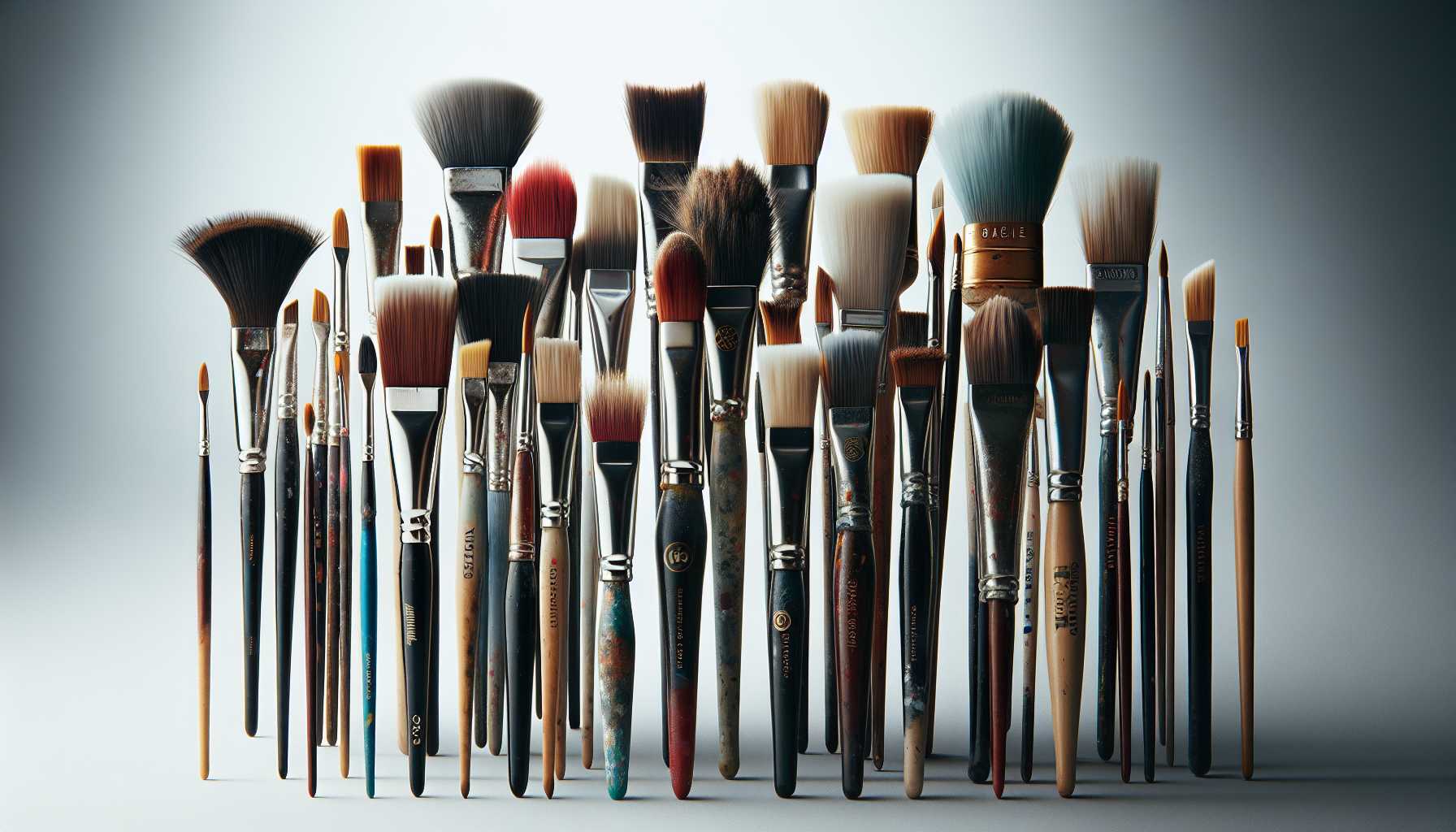Paint Brush Materials Guide: Understanding Bristle Types for Beginners

Beginner’s Guide to Understand Paint Brush Material: Decoding the Types of Bristles
Ever found yourself completely overwhelmed while picking a paintbrush in an art supply store? Don’t worry, been there, done that! Together, let’s unravel the mystery behind the types of paint brush bristles.
The Time-Honored Choice: Natural Bristles
Natural bristles are analogous to experienced veterans in the realm of painting. Crafted from animal hair, they've been the go-to choice for artists for hundreds of years.
Hog Bristle
- Ideal for oil painting
- Highly durable and rigid
- Helps create texture
- Highly absorbent
Sable Hair
- Extremely soft and flexible
- Excellent for watercolors
- Produces smooth brush strokes
- Retains a fine point
The New Generation: Synthetic Bristles
Synthetic bristles can be likened to the tech-savvy rookies of the painting world. Made from polyester or nylon, they come with several noteworthy attributes.
Nylon Bristles
- Compatible with acrylics
- Easy to clean
- Retains its shape well
- An economical option
Taklon Bristles
- Ideal for artists with sensitive skin
- Suitable for detailed work
- Compatible with all types of paint
- Durable and long-lasting
Selecting Your First Paintbrush
Here’s a basic thumb rule for beginners: - Opt for natural bristles when using oil paints - Choose synthetic brushes for acrylics and watercolors - Consider your budget and painting style
Preserving Your Brushes
Treat your brushes like loyal sidekicks. Follow these steps to increase their longevity: - Clean them immediately after use - Store with the bristles facing upwards - Avoid soaking them in water for too long
Common Errors to Avoid as a Beginner
We’re all prone to errors! Here are some common ones to stay away from: - Using an oil paintbrush for acrylics - Not washing your brushes regularly - Storing brushes with the bristles facing downwards - Cleaning brushes using hot water
Time to Change Your Brushes
Your brushes will display signs of fatigue: - Frayed bristles - Visibly missing bristles - Permanent bend or deformation - Loss of springiness and bounce
Always remember, picking the right brush is like finding the perfect companion – it takes time to determine what suits you best. Commence your journey with a basic set and gradually add more as you gather experience and learn what feels just right.
Enjoy your painting encounters! Do share in the comments your preferred type of brush. It's always nice to learn from other artists' experiences as well! 🎨
P.S: Don’t forget to subscribe to our newsletter, filled with handy tips and tricks for painting!